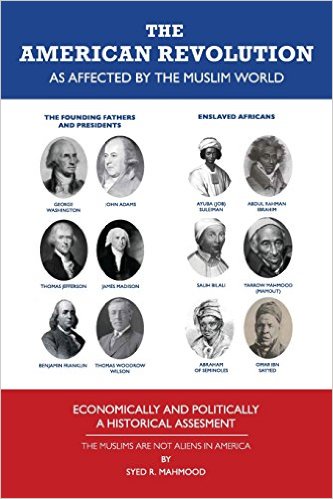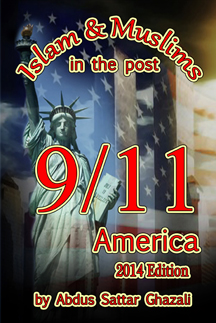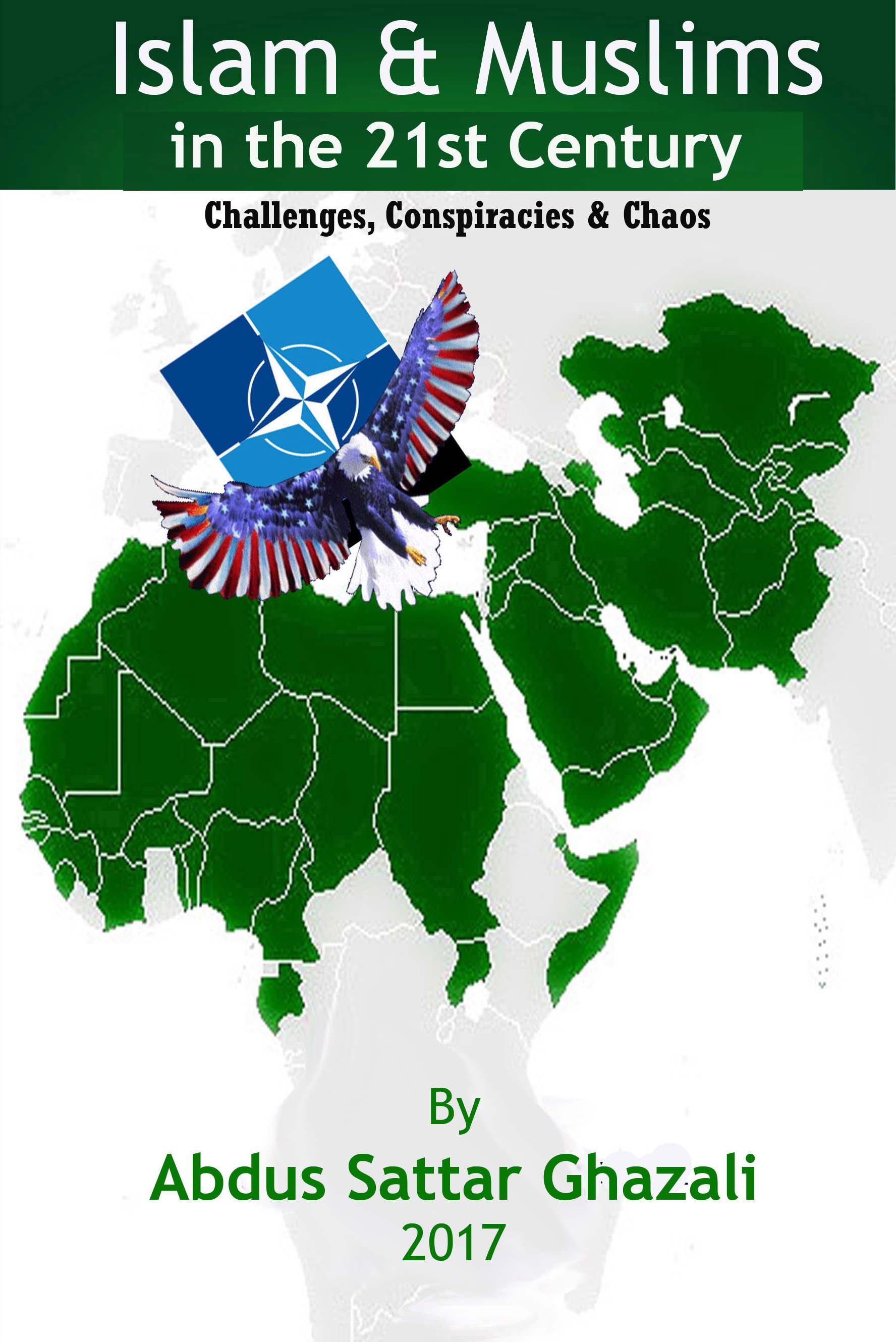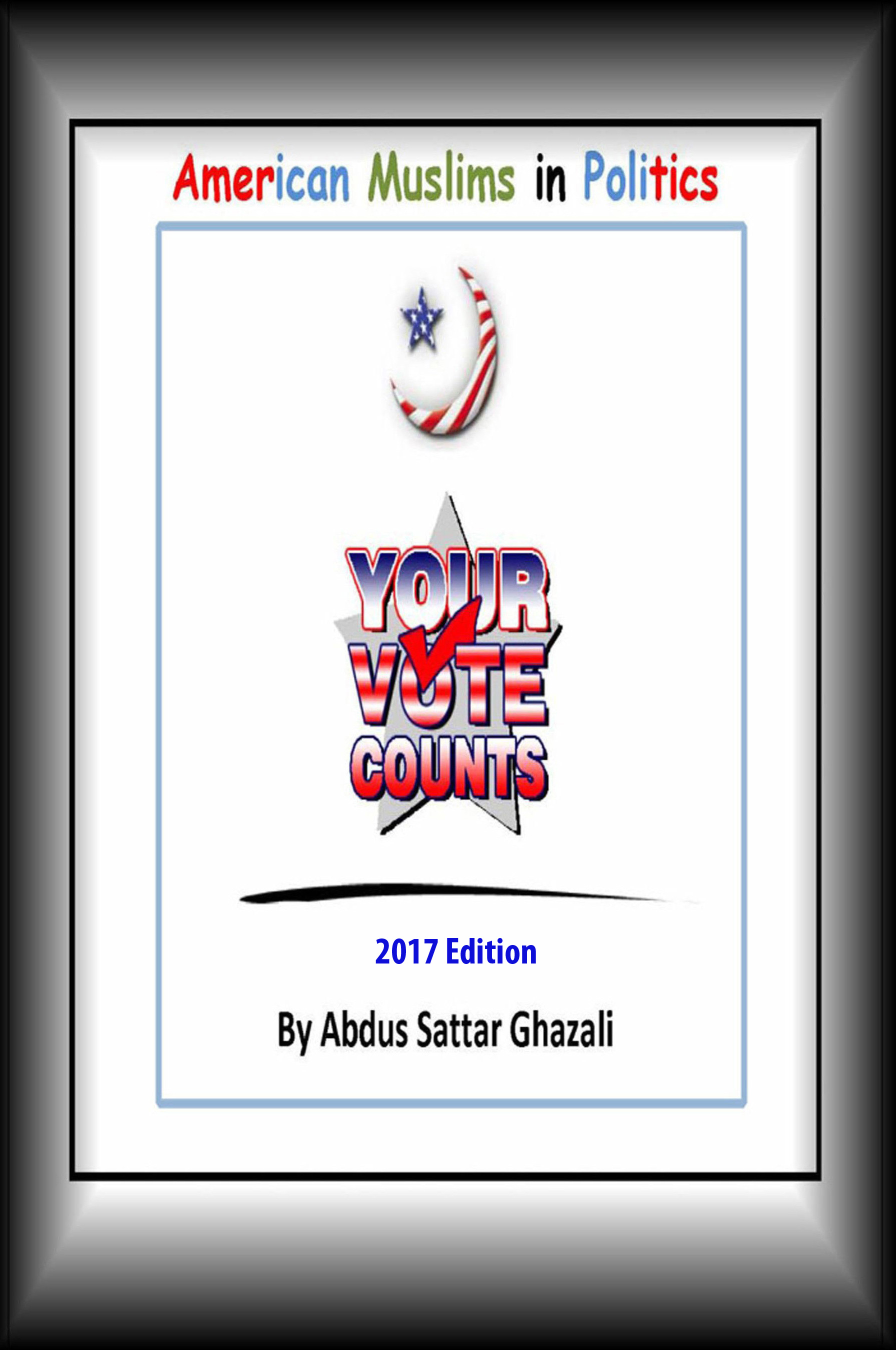Berkeley University study of Islamophobia in India highlights plight of Muslims
Politically-Stoked Violence
Commonly referred to as ‘communal violence’, this section of the report provides a critical overviewof ‘politically-stoked violence’ against Muslim spaces, neighbourhoods and communities across India.
We adopt the terminology of ‘politically-stoked violence’, to more explicitly identify the role of political actors and forces in both instigating, and exacerbating communal tensions that result in mass-violence against Muslim communities across the nation. Framing an event as mere ‘communal violence’ fails to account for the power dynamics inherent in the plotting of group violence, often pursued for political purposes. This broad term normalizes such violence as mere natural communal tensions that appear to result from historical grievances, or disagreements that occur at the societal level without the influence of external factors. Such framing problematically silences the role of broader structural, political and institutional actors, such as the State and government officials in instigating communal tensions that lead to violence against minority communities in India.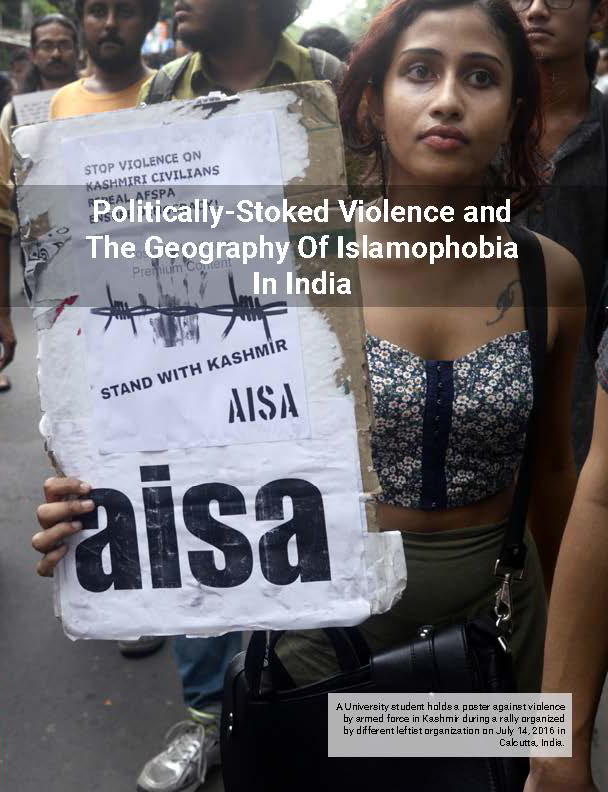
The Minority Rights Violations in India report by the Alliance for Justice and Accountability clarifies that “violence has traditionally visited India’s religious minorities in the form of “communal riots,” a euphemism employed to describe targeted and organized violence against there minorities.” Further, the report indicates that such violence against Muslim communities, is “often instrumentalized for political gains” and it also “disproportionately affects India’s religious minorities – in particular Muslims.”470 Such connections have been drawn by Union Minister of State for Home Affairs Hansraj Gangaram Ahir who attributed “religious factors,” among others as one of the perpetuating issues of ‘communal violence’.471 Therefore we adopt the term ‘politically- stoked violence’ to explain this phenomenon.
This section contextualizes and documents politically-stoked violence against Muslim communities in India. In doing so, the report exposes the negative impact of such attacks on the general security of Muslims in their everyday existence, as well as within Muslim spaces. Islamophobia in India not only affects individuals, but operates broadly to discriminate Muslim communities and the spaces that they navigate, leading to a general insecurity of Muslims within various private and public spheres. Documenting various cases of spatialized Islamophobia in 2017 onwards exposes the impacts of politically stoked violence on Muslim residential patterns, internal displacement, and subsequent patterns of ghettoization and segregation. Such negative spatial outcomes are situated as a byproduct of experiences of Islamophobia, which are sustained through discriminatory behaviors, policies and legislation that further restrict the social and spatial mobility of Muslims in India.
Background
Historically, India has suffered various outbreaks of large-scale politically-stoked violence against religious minorities, particularly against Muslim communities and their spaces which remain unresolved years later. The major periodic outbreaks include Uttar Pradesh in 2013, Odisha in 2007–2008, Gujarat in 2002, and Delhi in 1984. Among the most serious attacks against a Muslim space took place in 1992, when Hindutva activists destroyed the Babri Masjid in Uttar Pradesh, nearly 2,000 people lost during months of rioting.473 A decade later in 2002, three days of violence in Gujarat left 790 Muslims and 254 Hindus dead according to government reports, while other organizations and scholars have reported that nearly 2,000 people lost their lives. In 2007 in Odisha, Christians suffered several months of unrest that killed 100 people and destroyed 300 churches and 6,000 homes. In 2013, the Muzaffarnagar district of Uttar Pradesh saw communal clashes that killed 42 Muslims and 20 Hindus, along with the displacement of 50,000 people.
These persistent instances of politically-stoked violence against religious minorities have often been incited by politicians or religious leaders, advocating a nationalistic and exclusionary message against non-Hindu minorities. Not only have politicians propagated such violence but have failed to serve justice for the attacks against Muslim bodies and spaces over the last few decades.
A significant case of communal violence which affected Muslims in India took place in 2013 in Kawal, a village on the outskirts of the town of Muzaffarnagar in the state of Uttar Pradesh. In August 2013, three young men – one Muslim and two Hindus – were killed in the course of an altercation in Kawal, a village on the outskirts of the town of Muzaffarnagar. Some claimed the Hindu boys killed the Muslim in an argument that began as a traffic accident, and others say the argument was ignited by the harassment of a Hindu girl. In the weeks of community tension that followed, both the BJP and the Samajwadi party, then Uttar Pradesh’s ruling party, provoked and exacerbated such tensions by sending their representatives to deliver inflammatory speeches before angry crowds.
In the subsequent course of the riots that swept the western Uttar Pradesh countryside through the end of September, at least 62 people had died, majority of whom were Muslim, several women were raped and over 50,000 mostly Muslim villagers were displaced from their homes. A year on from the attacks, Sethi reported that riot relief camps of displaced Muslims remained dispersed in small villages around Muzaffarnagar that Muslims were too afraid to return to.
A more recent incident of right wing violence against minorities in India took place in seven districts of Bihar state who witnessed communal violence during the Hindu religious festival of Ram Navami. Tension triggered violence during the festive procession in Bhagalpur on March 17 which has now engulfed seven districts of the state, resulting in hundreds of shops owned by a particular community being turned to ashes and over 100 people – including policemen – suffering injuries over 10 days in March 2018. Such massive violent incidents are thus more likely to occur in existing geographies of violence, and potentially spread to other regions if the Modi Administration and state governments continue to fail to punish individuals who engage in violence and incitement to violence against religious minorities.
Although the government of India has attempted to establish special structures to investigate and adjudicate crimes stemming from these incidents of mass violence, the effectiveness of these investigations has been undermined in the ability to serve justice. This is attributed to a number of factors including limited capacity, an antiquated judiciary system, inconsistent use, political corruption, and religious bias - particularly at the state and local levels.
A ‘lackadaisical attitude’ of the government towards these riots has led to , the police, along with the media, overplaying the involvement of Muslims in violent activities whilst underplaying the involvement of other right-wing Hindu groups or organizations in these incidents. A lack of legal accountability, for these killings has intensified climate of aggression and provided perpetrators with permission to further incite violence against religious minorities in India. Dr. Angana P. Chatterji, a researcher from the UC Berkeley ‘Political Conflict, Gender and Peoples Rights Project’ contextualizes how “conflicted democracies frequently and sufficiently serve segments of the population yet are unable to effectively provide justice and accountability to subordinated groups, especially those entangled in, and impacted by, conflict and upheaval” the negative impact.485 It is within this environment of conflict, that government on national, state and local levels have failed to provide justice for Muslim communities in India under attack, with the adequate assistance required for repairing the damage of the violence on neighborhoods, homes and places of worship destroyed throughout these attacks.
Geography of Politically-Stoked Violence
There is a pronounced geographic pattern of where politically-stoked violence occurs, which can be traced to ten states. The states with the highest incidents of communal violence include Uttar Pradesh, Karnataka, Maharashtra, Madhya Pradesh, Bihar, Rajasthan, West Bengal, Jharkhand, Telangana and Assam. Collectively these ten states accounted for the majority of politically-stoked violence during the period of 2015-2017.
Data released in 2017 by the Ministry of Home Affairs reveals that there were 822 communal incidents in 2017, compared to 703 in 2016 and 751 in 2015.487 These attacks occurred in regions with a largely predominant Hindu population and small Muslim population. The CSSS report entitled “A Narrowing Space: Violence and Discrimination Against India’s Religious Minorities” found that “religious minorities are especially vulnerable to the threat of communal violence. Muslims, in particular, while making up less than 15 percent of the population, have typically made up the large majority of victims.” Similarly, data by area reveals that most ‘communal’ incidents occur in areas where there is an overwhelmingly Hindu majority.489
According to statistics presented by The Quint, the largest geographical concentration of politically- stoked violence incidents took place in Uttar Pradesh during the year of 2017. It numbered 195 communal incidents resulting in the death of 44 people and injuries to 452, compared to 162 incidents in 2016 and 155 in 2015. Uttar Pradesh was followed by Karnataka experienced 100 ‘communal riots,’ including 9 deaths and 229 injuries. It is important to note that the BJP rules a significant proportion of these states, where a steady rise in politically-stoked violence has taken place. Such instances are, however, beginning to occur in other regions across India including rural areas and small towns.
Data gathered by Coastal Digest on Karnataka reveals that although Muslims form a minority of the local population, they have been arrested for ‘communal violence’ more than Hindus or any other religious group. However, religious minorities including Muslims are often the targets of such communal violence. A National Herald India article entitled “Communal Riots: Heads Muslims ‘Lose’, Tails They Are the ‘Losers’,” verified that “communal violence is a double whammy for the Muslim community as targets of violence as well as victims of the subsequent police actions.” The data revealed that of the 1,254 people arrested for ‘communal violence’ in the state from the period of 2013-2017, 670 were Muslims, compared with 578 Hindus and 6 Christians. As reflected in the data presented in the table below, there is a significant disproportionate policing of Muslim communities, with India’s 2011 Census counting that Karnataka’s population is 84 percent Hindu versus only 12.92 percent Muslim.

The Journal of America Team:
Editor in chief:
Abdus Sattar Ghazali
Senior Editor:
Prof. Arthur Scott
Special Correspondent
Maryam Turab
Your donation
is tax deductable.
